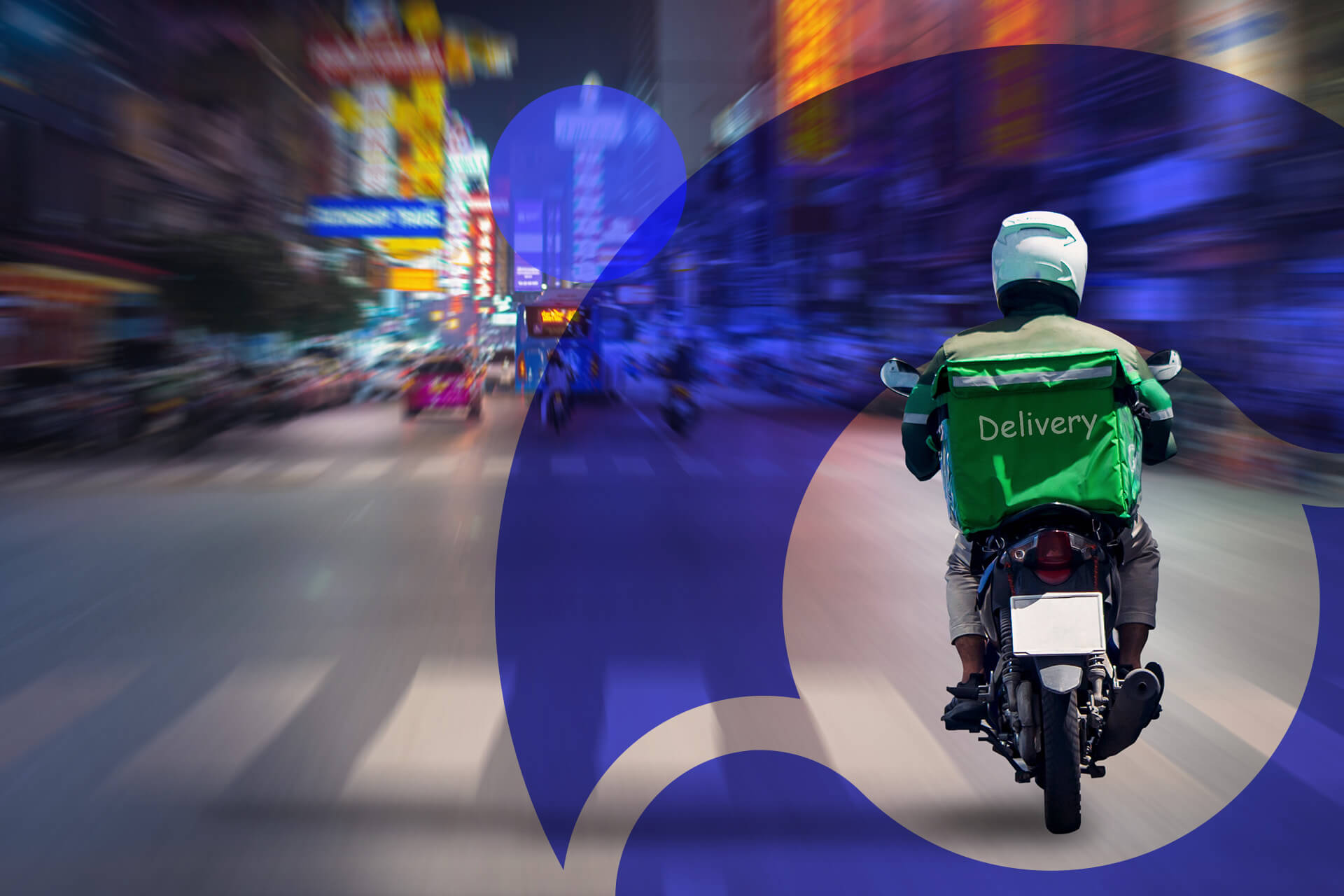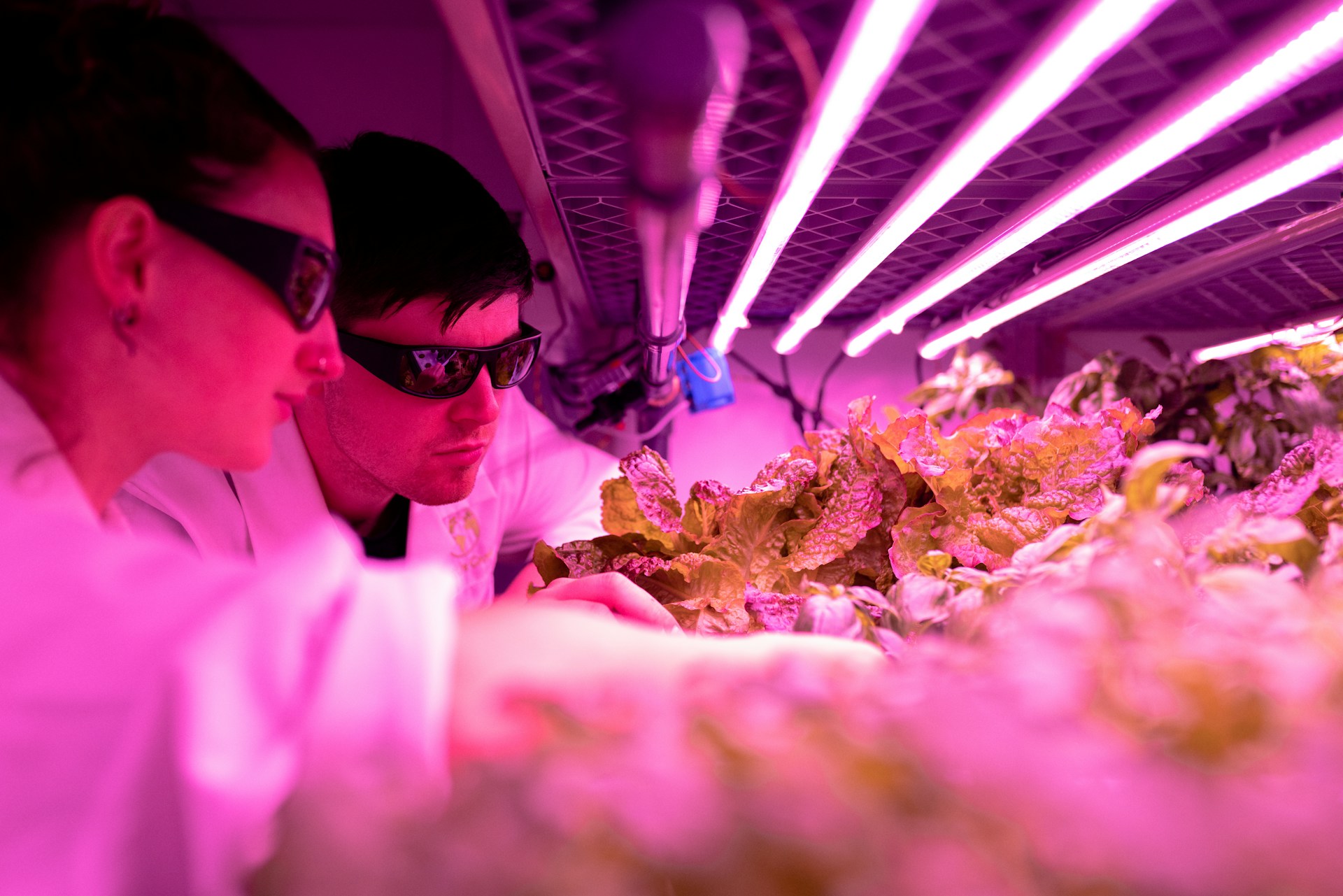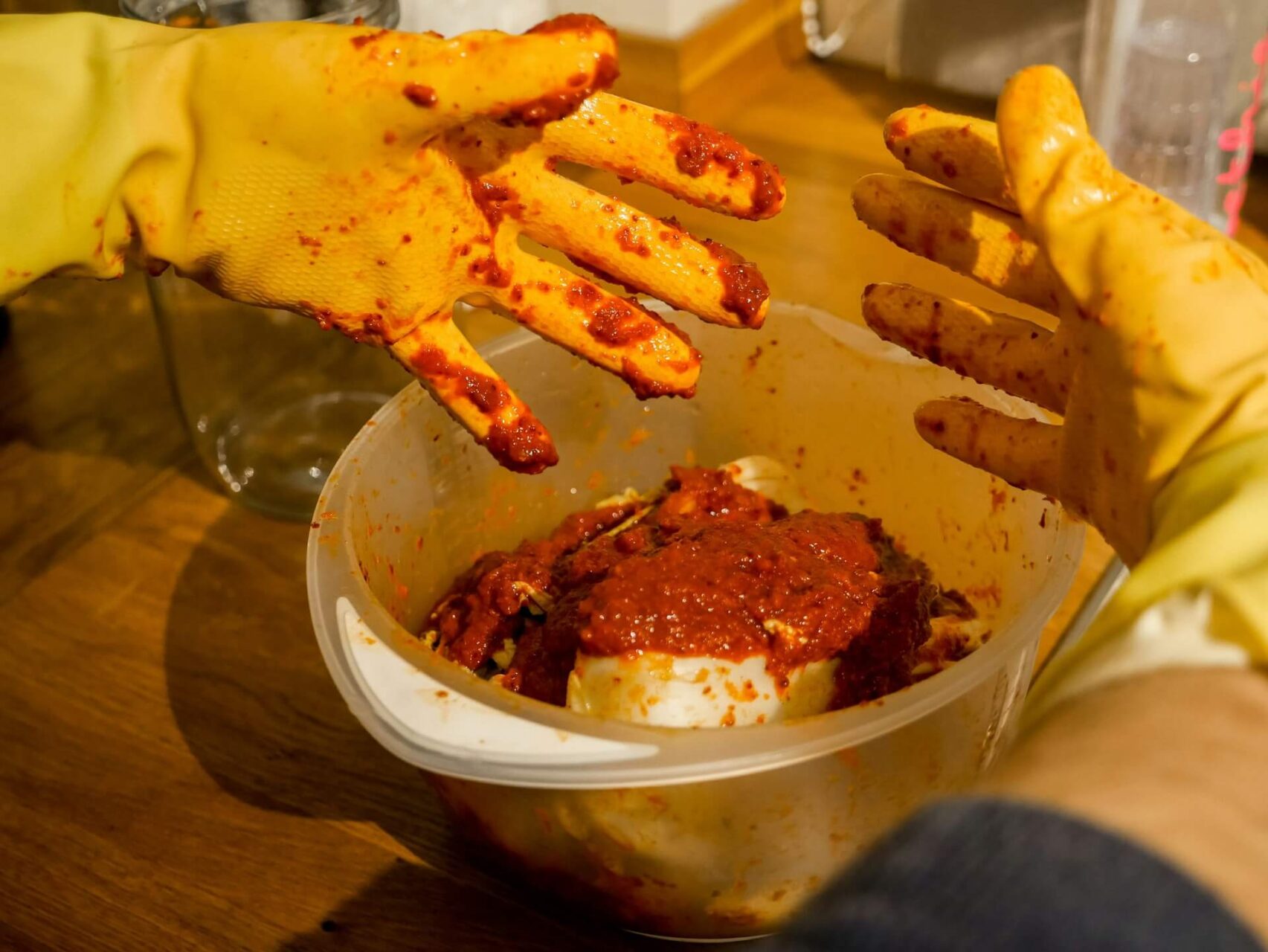
3 Amazing Trends Driving the Future of Food Delivery Today
November 16, 2021 - Emily Newton
Revolutionized is reader-supported. When you buy through links on our site, we may earn an affiliate commission. Learn more here.
Food delivery apps have been booming for the last couple of years and a few rising trends are lining up to shape the future of food delivery in the years ahead. The global food delivery industry was growing at a fairly steady pace prior to the start of the COVID-19 pandemic in early 2020. When lockdowns went into effect all over the world, though, that growth skyrocketed. The industry has tripled in value since 2017 and doubled in value during the pandemic alone. Canada and Australia, in particular, have experienced intense growth.
However, the food delivery industry has experienced pressure from virtually all angles, between drivers demanding higher wages, restaurants campaigning for lower fees, and customers complaining about high delivery costs. Food delivery services are very popular, especially among younger generations, so the market is there. For delivery services, restaurants, drivers, and customers to all have a positive experience, widespread change will need to sweep the industry in coming years. These rising trends may shape the future of food delivery.
1. Order Online, Pick Up In-Store
Options for order online, pick up in-store solve a couple of major pain points in the food delivery industry. Customers who don’t want to pay the extra fees that delivery services charge can cut out the middleman and pick up their food straight from the restaurant. Some customers choose to pick up mobile orders this way specifically so that all of the profits from their orders are going to the restaurant. The COVID-19 pandemic drew attention to the high commission fees that delivery services charge restaurants to use their drivers and apps. This has led many customers to boycott delivery services in order to help out their favorite restaurants, especially small local businesses.
For other customers, though, picking up mobile orders in person is simply more convenient. They get to save money and get out of the house, something that many see as a perk since COVID-19 restrictions have begun lifting. Additionally, as people begin returning to the office, they can once again easily stop by their favorite restaurant on the way home from work. Whatever the motivation, customers seem to be trending toward pick-up over delivery. Chipotle, for example, experienced an 80% rise in pick-up orders in March of 2021, while delivery orders decreased by 30% during that same time.
2. Power to the Restaurants
The tension between restaurants and delivery companies was brought center stage during the COVID-19 pandemic. Restaurants were in a difficult situation, unable to let customers sit down and eat due to health and safety concerns. This forced most restaurants to turn to delivery and pick-up only in order to stay in business. In need of a quick solution, most turned to the major players in food delivery: Uber Eats, GrubHub, DoorDash, and Postmates (in the US).
These delivery apps hire independent contractors to drive around picking up mobile orders from restaurants and delivering them to customers. All of the above apps also help businesses get noticed in their area. However, these 3rd party delivery services are notorious for charging restaurants high commission fees, sometimes as much as 30% or more. This was particularly harmful during the height of the pandemic when many restaurants were in serious danger of going out of business.
When news of these high commission fees reached the public, most people jumped to the defense of restaurants. As mentioned above, some responded by ordering online and picking up their food themselves. Cities around the country have also put legislation in place to cap commission fees, typically around 10 or 15%. Both actions help to protect restaurants and ensure they can stay open, even during tough times.
The Rise of Delivery Alternatives
More alternative delivery companies have begun popping up, too. Washington, D.C. startup DC To-GoGo focuses on supporting local businesses, offers delivery drivers high wages, and has a low 15% commission fee for restaurants. Similarly, Philadelphia start-up Black and Mobile exclusively serves Black-owned businesses. After launching during Black History Month in 2019, the veteran-owned delivery service doubled its revenue just during the first two months of 2020.
Tech offers a couple of potential solutions for businesses, though it may take time to develop. For example, some businesses are using drones to deliver goods while cutting back expenses. Pizza Hut even tested a drone delivery service in Israel in 2019. Additionally, some companies are considering the possibility of driverless cars for shuttling food between restaurants and customers. Driverless car technology remains infamously buggy, though, so this option may take several years to become mainstream.
3. Ghost Businesses
One innovative new trend that is picking up speed in the industry is “ghost” or virtual kitchens. These businesses have no dine-in restaurant and serve food exclusively for delivery (some businesses also have pick-up options). Some ghost kitchens share kitchen space with brick-and-mortar restaurants, while others use shared kitchens and food prep spaces made specifically for ghost kitchen businesses.
A great example of the ghost kitchen model at work is the virtual restaurant MrBeast Burger, founded in December of 2020 by YouTuber Jimmy “MrBeast” Donaldson. Based out of the kitchens of larger partner restaurants, MrBeast Burger launched 300 virtual kitchen locations across the US overnight. To put that in perspective, it took McDonald’s six years to open 300 locations. Since its launch, MrBeast Burger has pulled in about $2.67 million per month, a percentage of which Donaldson donates to charities. On opening day, there was a line 20 miles long outside the Wilson, North Carolina pick-up location, where “MrBeast” himself was giving away free burgers.
Virtual Grocery Stores Arrive
Another exciting new name in the food delivery industry is the virtual grocery store JOKR. Founded in 2021, JOKR promises delivery in 15 minutes or less, with no minimum order prices or delivery fees. It manages to meet those high standards using “micro-hubs” around major cities, all stocked with a selection of groceries that tend to be popular in a specific neighborhood. Using data analysis, JOKR anticipates what kind of products customers in a micro-hub’s area are likely to buy and when they are likely to want them, such as higher orders for toothpaste or milk in the mornings. The company has secured $170 million in funding, with 100 “micro-hubs” worldwide, 10 of which are in New York City alone.
Virtual kitchens and grocery stores solve a few of the issues that traditional restaurants face when partnering with delivery companies. For example, real estate is much less expensive since these businesses don’t need a large seating area or a spacious parking lot. There is no need to hire hosts or waiters, either, just cooks and sometimes delivery drivers. JOKR has its own drivers, while MrBeast Burger uses a few popular delivery services, such as GrubHub. As delivery becomes more popular, there is likely to be an increase in restaurants and grocery stores like this, capitalizing on the convenience of delivery but without the financial commitment of a traditional restaurant.
The Future of Food Delivery
The food delivery industry is in a state of dramatic growth and development. In the years to come, the world is sure to see significant change, both in terms of the major players in the industry but also how delivery apps do business. Campaigns for better deals for restaurants and drivers aren’t slowing down, but food delivery apps are also struggling to make a profit. Meanwhile, ghost kitchens present a whole new business model and indie delivery services are hard at work leveling the playing field for restaurants. Whatever the future of the industry holds, these trends indicate that mobile ordering will continue to grow, improve, and thrive.
Revolutionized is reader-supported. When you buy through links on our site, we may earn an affiliate commission. Learn more here.
Author
Emily Newton
Emily Newton is a technology and industrial journalist and the Editor in Chief of Revolutionized. She manages the sites publishing schedule, SEO optimization and content strategy. Emily enjoys writing and researching articles about how technology is changing every industry. When she isn't working, Emily enjoys playing video games or curling up with a good book.






